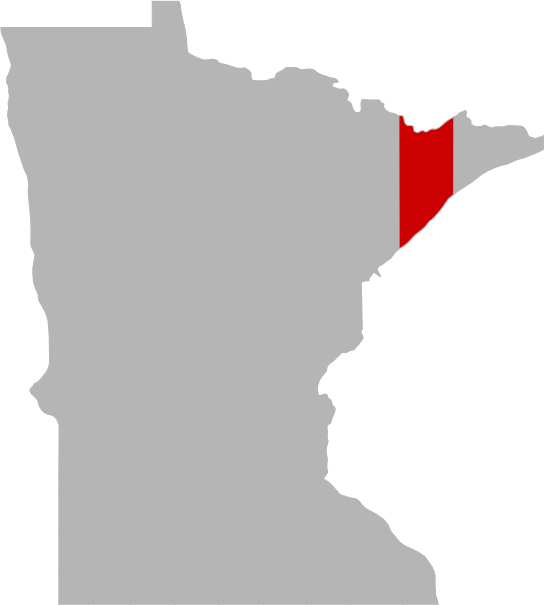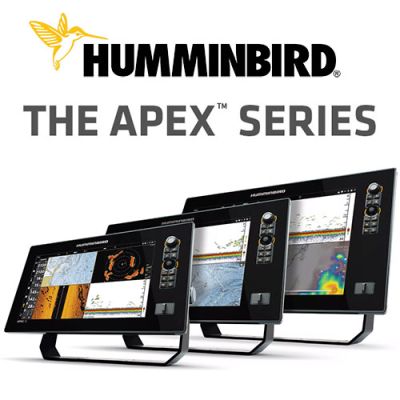Today's Best Fishing Times
Get the best fishing times for Newton Lake with Lake-Link's Fishing Forecast. SEE MORE

Share your catch!
We want to see what you've caught on Newton Lake.Frequently Asked Questions About Newton Lake, MN
- How big is Newton Lake?
- How deep is Newton Lake?
- What kind of fish can you catch in Newton Lake?
- What are the closest cities to Newton Lake?
- Are there places to stay in the Newton Lake area?
- Are there places to eat and drink near Newton Lake?
- What is the average air temp for Newton Lake?
- Are there any state parks near Newton Lake?
How big is Newton Lake?
How deep is Newton Lake?
What kind of fish can you catch in Newton Lake?
Other fish species in the lake include Cisco (Tullibee), Lake Whitefish, Shorthead Redhorse, Tadpole Madtom, Trout-Perch and White Sucker.
What are the closest cities to Newton Lake?
Are there places to stay in the Newton Lake area?
More Lodging Options
Are there places to eat and drink near Newton Lake?
What aquatic invasive species are found in Newton Lake?
Join us in the fight to prevent the spread of invasive species These sneaky creatures can hitch a ride on boats, clinging onto propellers, anchor lines, and trailers. They can even survive in hidden places like bilge water and ballast tanks, or disguise themselves in dirt and sand that sticks to nets, buckets, anchors, and waders. But don't worry, we have the power to stop them in their tracks with just a few simple steps. So let's do our part and protect our waters from these unwanted invaders.
History & Status of the Fishery
Newton Lake is in Ecological Lake Class 6, which consists of 46 lakes in northeast Minnesota that have soft (unmineralized) water and are shallow with very irregular shoreline shapes. Newton Lake is larger than most of the lakes in this lake class.
Newton Lake is very riverine in character, with the Kawishiwi River flowing through a narrow, serpentine lake basin. Due to the large flow of water through this lake there is no summer thermal stratification in most years, and high oxygen levels are present to the bottom. On 8/20/2007, however, there was more stratification than normal with a surface temperature of 69 F and a bottom temperature of 65 F. Adequate oxygen for fish (more than 2 ppm) was retained to a depth of 30 ft, where the temperature was 69 F. The shoreline of Newton Lake is quite rocky, but aquatic vegetation is dense in shallow areas. Bulrushes, waterlilies, burreed, and flatstem and claspingleaf pondweeds are the most common aquatic plants.
Newton Lake is in the Boundary Waters Canoe Area Wilderness and is on one of the most popular travel routes, with visitors entering via Fall Lake and continuing on to Basswood Lake. Motorboats are allowed by permit, with a 25 horsepower limit, and the portages from Fall Lake to Newton Lake and from Newton Lake to Basswood Lake are wide and flat enough to accommodate portage wheels for boats. Snowmobiles are not allowed. There are two campsites on Newton Lake.
The 2007 fish population assessment used nine gillnets to sample fish. Eight previous investigations, dating back to 1966, each used 6-9 gillnets. Two of these previous investigations (1966 and 1995) used six and nine trapnets, respectively. Trapnets have not been used often on Newton Lake because they were difficult to haul in over the 1/4 mile portage trail and because they caught low numbers of fish (average of 13/net) of the same species as the gillnets.
The total catch of fish in the gillnets in 2007 (all species combined) of 25 fish/net (23lb/net) was normal for this lake class and was similar to the median total catch of fish in all investigations on Newton Lake of 23 fish/net (17 lb/net). More walleye were caught in 2007 than in most previous investigations on this lake. Fish populations in 2007, as in previous investigations, were dominated by walleye, northern pike, white sucker, and yellow perch.
Walleye numbers in 2007 (8.8/gillnet) were in the third quartile for this lake class and were higher than the median walleye catch of 3.7/gillnet in all investigations on this lake. Walleye sizes in 2007 averaged 10.3" (0.4 lb), which was in the first quartile for this lake class and was similar to the average size of 11.0" in all investigations on this lake. The largest walleye was 25.4". Most walleye (94 percent) were ages 1-4, and many (43 percent) were age one. Walleye growth was slower than normal (in the first quartile) by area standards.
Northern pike numbers in 2007 (2.8/gillnet) were in the third quartile for this lake class and were similar to the median pike catch of 2.2/gillnet in all investigations on this lake. Pike sizes in 2007 averaged 18.0" (1.2 lb), which was in the first quartile for this lake class and was similar to the average size of 19.2" in all investigations on this lake. The largest pike was 22.8". Pike growth was slower than normal (in the first quartile) by area standards.
Yellow perch numbers in 2007 (7.1/gillnet) were in the fourth quartile for this lake class and were at the median perch catch for all investigations on this lake. Perch sizes in 2007 averaged 8.2" (0.3 lb), which was in the fourth quartile for this lake class and was similar to the average size of 8.0" in all investigations on this lake. The largest perch was 12.7". Perch growth was normal by area standards.
Most of the game fish examined in 2007 were free of diseases or parasites. Some fish were infected with neascus, a few had yellow grub, and one bass had bass tapeworm larvae in its viscera. Neascus (black spot), yellow grub, and bass tapeworm are all common parasites that are native to the area. They cannot infect humans, are often removed by filleting fish, and are killed at temperatures used to cook fish.
Rusty crayfish were first observed in Newton Lake (and in Fall Lake) in 1986, when they were entangled in the gillnets. Their numbers gradually increased, peaking at 47/gillnet in 1995. In 2007, only 12/gillnet were captured.
What is the average air temp for Newton Lake?
Are there any state parks near Newton Lake?
For more Minnesota State Park information see our State Park Guide.
More Nearby Lakes To Explore
There's more lake's to explore around Newton Lake...| DISTANCE | ACRES | MAX DEPTH | |
| Camp Lake | 1.5 mi | 76 | 31 ft |
| Muskeg Lake | 2.0 mi | 194 | 7 ft |
| Mud Lake | 2.4 mi | 182 | 16 ft |
| Browns Lake | 2.5 mi | 219 | 19 ft |
| Azion Lake | 2.6 mi | 46 | 5 ft |
| Fall Lake | 2.7 mi | 2,258 | 32 ft |
| Stub Lake | 2.8 mi | 89 | 20 ft |
| Ella Hall Lake | 3.3 mi | 379 | 28 ft |
| Cedar Lake | 3.7 mi | 465 | 45 ft |
| Picketts Lake | 4.3 mi | 28 | 12 ft |

















